Cats and Lizards and Monkeys, Oh My! 9 Islands Ruled by Animals
Animals Rule!

An island of cuddly bunnies! A cay populated by swimming pigs! An isle of diseased monkeys!
Okay, maybe that last one isn't so appealing.
Islands are like evolutionary bubbles. Animals and plants on islands can't easily hop to another home, so they remain isolated, splitting into separate species to fill ecological niches. It's probably no coincidence that Charles Darwin's ideas about the evolution of species crystallized on islands (the wildly diverse Galapagos, to be exact).
On some islands, though, a particular species dominates, whether as an accident of evolution or thanks to human meddling. Here's a look at nine islands where animals rule.
Bunny Love
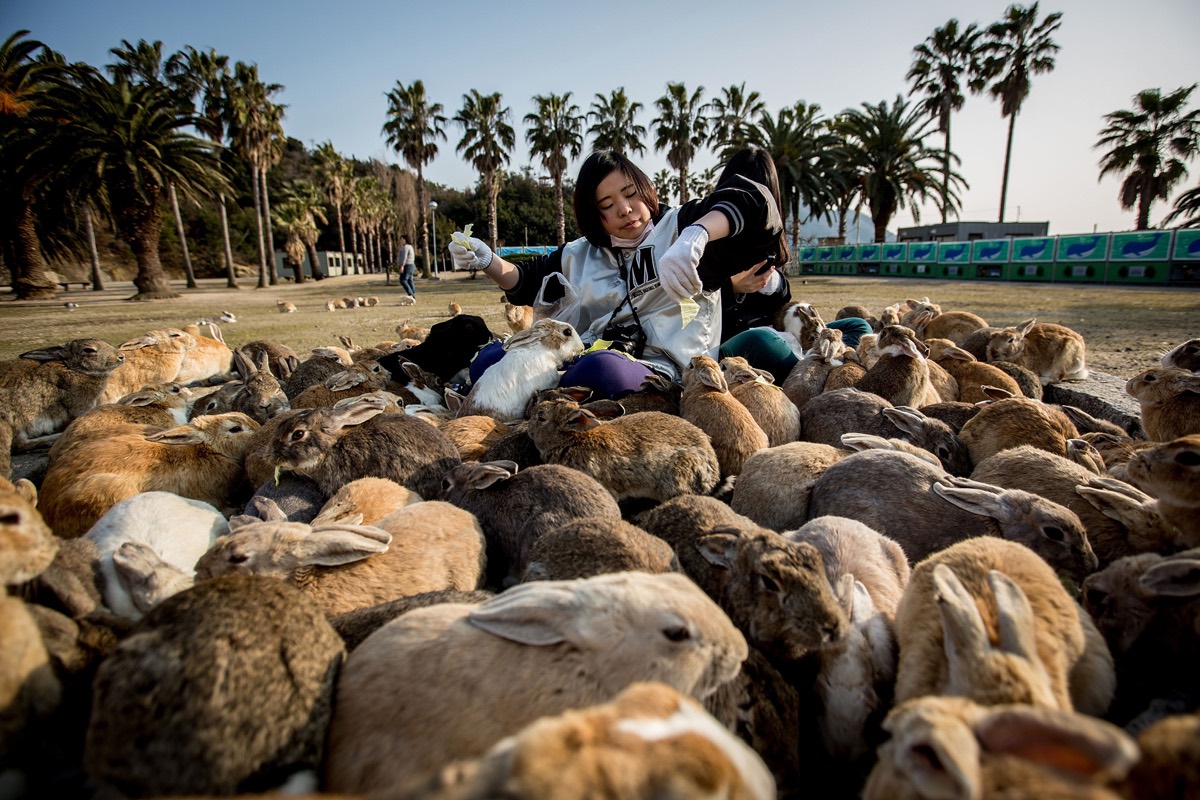
Cuteness reigns supreme on Okunoshima, a Japanese island that was once the site of chemical weapons' manufacturing and is now home to hundreds of cuddly, friendly bunnies.
How bunnies came to dominate the tiny island, which is in Hiroshima Prefecture in the Inland Sea, is a bit of a mystery. Rabbits were used for chemical weapons' testing on the island during World War II, but those bunnies were probably euthanized after the war. Ellis Krauss, a professor of Japanese politics at the University of California, San Diego, told The Dodo that the current rabbit crop probably descends from pets released by schoolkids or tourists.
There are no natural predators for the rabbits on the island, and rabbits breed like, well… rabbits. As a result, there are around 700 of the hoppers hanging out on the island, according to estimates by the island's tourism sites. Visitors feed them and even leave them bottled water, since the water on the island is contaminated from the munitions factory.
Get the world’s most fascinating discoveries delivered straight to your inbox.
Lab Animal Island
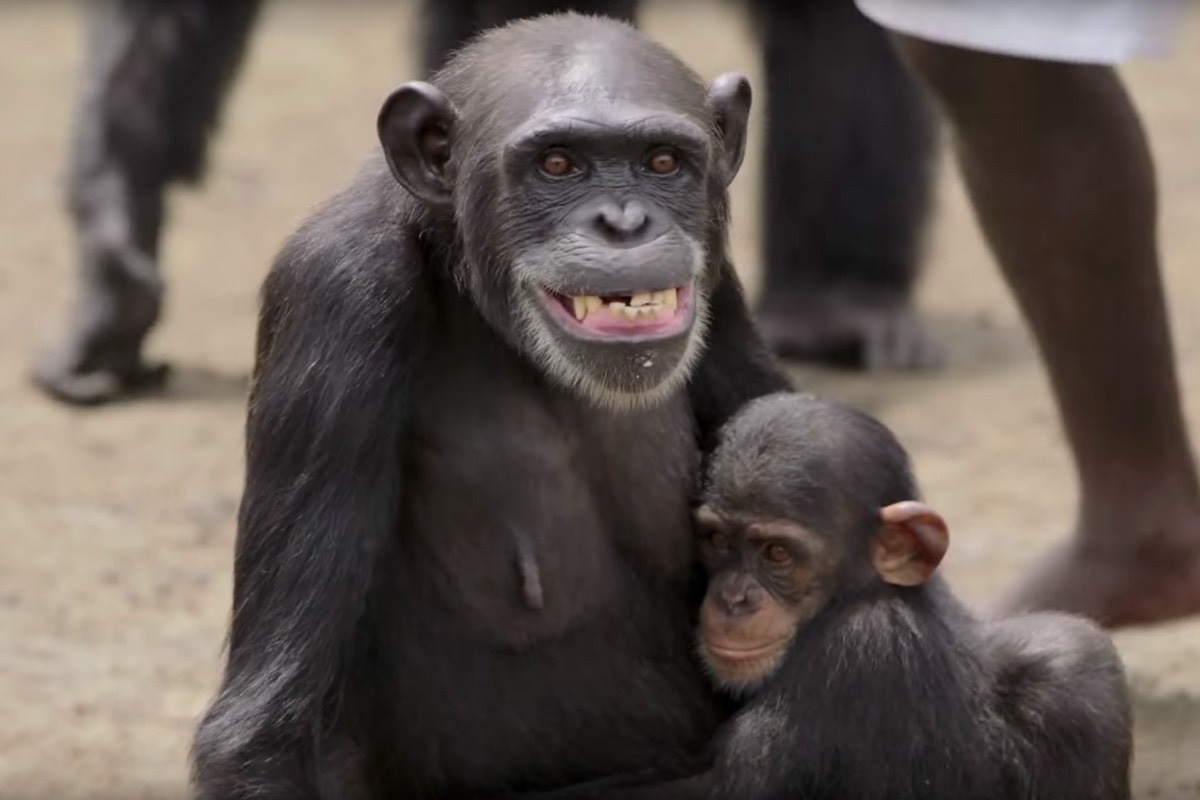
Human-released animals dominate on another set of islands, a chain of six off the coast of Liberia. An abandoned medical research facility called the New York Blood Center used wild chimpanzees in its vaccination research starting in the 1970s. When the research facility shut down in 2005, the 66 remaining chimps were set free on a small land mass soon dubbed "Monkey Island," and human caretakers paid to bring them food and water.
Monkey Island is far from a paradise for the chimpanzees (which, despite the island's moniker, are apes, not monkeys). In March 2017, the New York Blood Center stopped paying the chimps' caregivers, Motherboard reported. Conservationists and the Human Society scrambled to raise funds to keep the chimpanzees from dying of starvation and thirst. A GoFundMe continues to raise funds to bring the chimps a nutritious diet.
Pig Beach
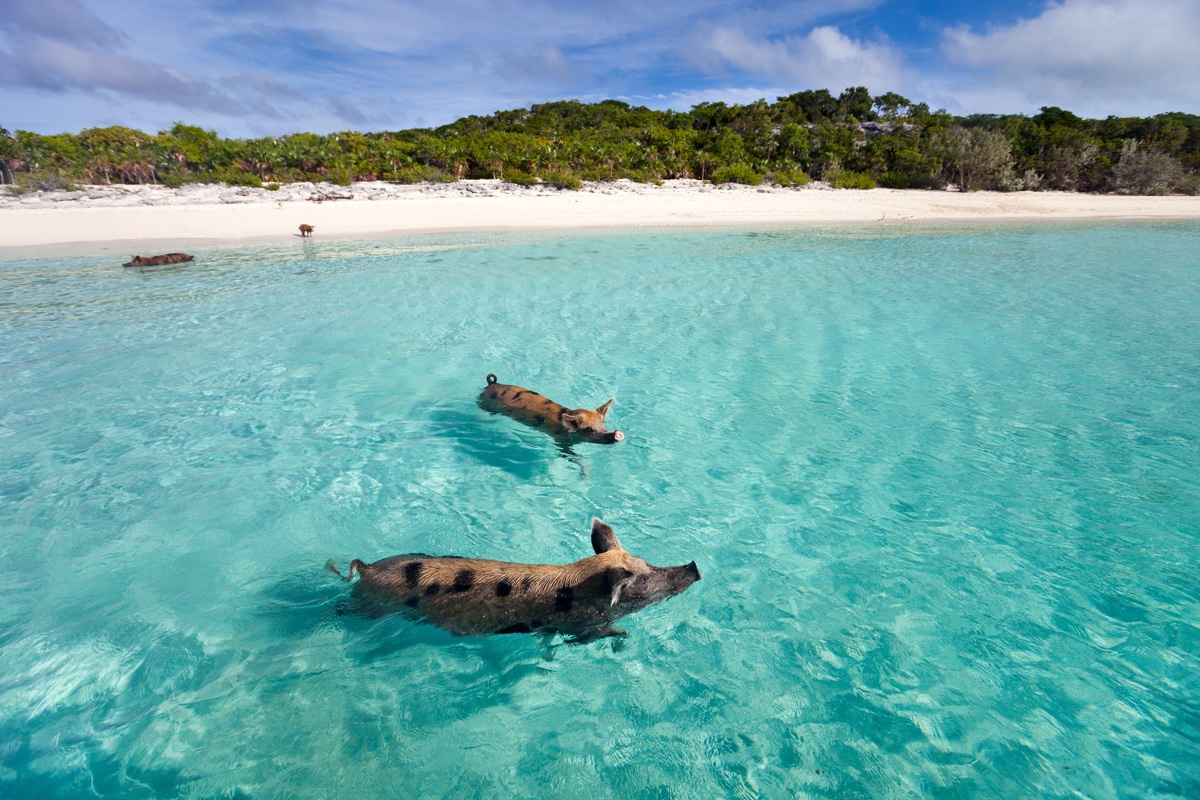
If you see something strange swimming toward you in the water on Big Major Cay, don't scream "Shark!" It's probably a pig.
Better known as "Pig Beach," Big Major Cay is a tiny uninhabited spit of sand in the Exuma district of the Bahamas. About 20 pigs live there, swimming out to passing tourists' boats in hope of a handout. No one is sure how these non-native pigs came to the cay. They may be the descendants of escapees from a long-ago shipwreck, or perhaps their ancestors were left on the island by sailors as a sort of living food cache. Today, the pigs don't have to worry about becoming bacon. They're a tourist attraction instead.
Rat Island

Sailors are to blame for the moniker of an Aleutian island in Alaska: "Rat Island." The rugged island was colonized by ship's rats when a Japanese ship ran aground there in the late 1700s. Rats promptly set about devastating the local ecosystem, chowing down on the eggs of the birds that roost on the island.
The rat reign of terror ended in 2008, when the U.S. Fish and Wildlife Service joined with several conservation agencies to drop rat poison across the island and wipe out the invasive rodents. The mass poisoning worked: By 2010, Rat Island was rat-free.
The island was subsequently renamed Hawadax, and 2016 research found that bird populations were bouncing back without the pressure of the predatory rodents.
Cat Island
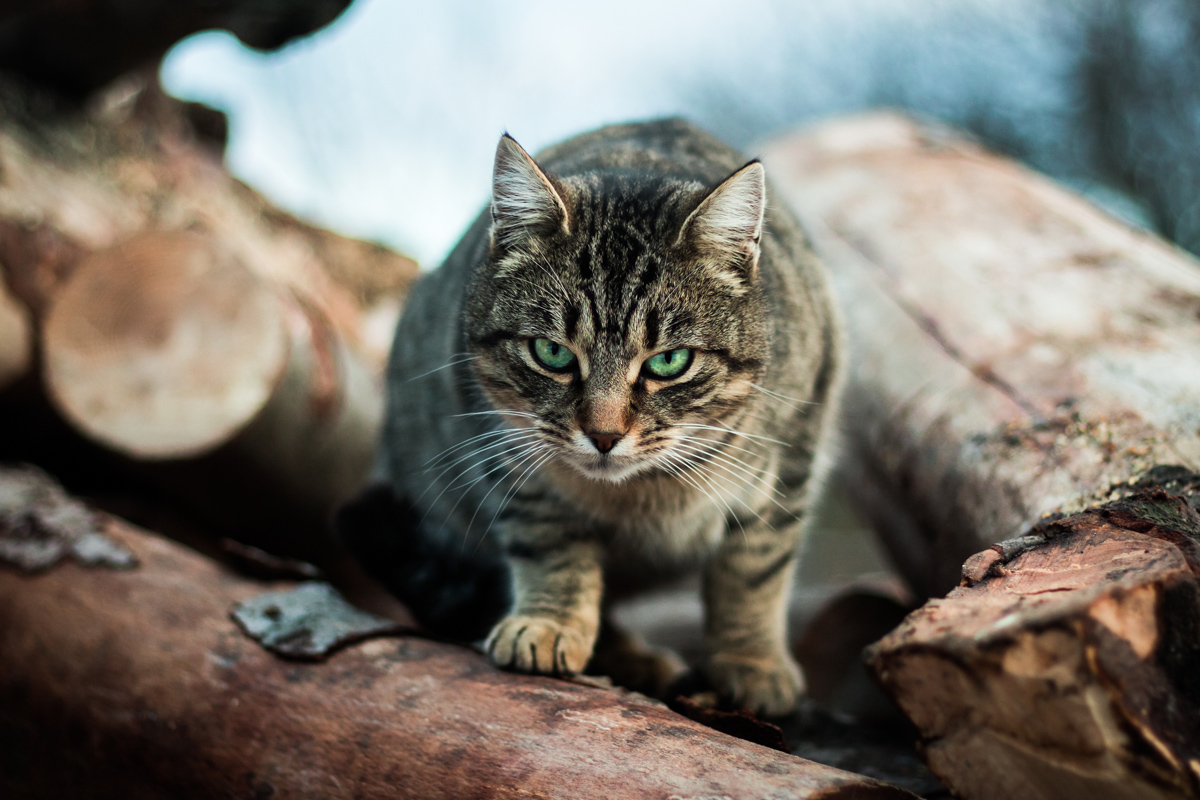
Too bad Rat Island couldn't be moved next door to Cat Island. In 2014, WIVB reported that a small island in the Niagara River near Buffalo had been overrun with feral cats. Locals estimated that hundreds of cats were living on the 85-acre Tonawanda Island, befouling the area with feces.
But feral cats are a fixable problem — literally. As of 2014, locals were trapping cats from the island. Kittens were put up for adoption, while adults were spayed or neutered and returned to the island to live out their lives without creating more cats.
Island living for diseased monkeys
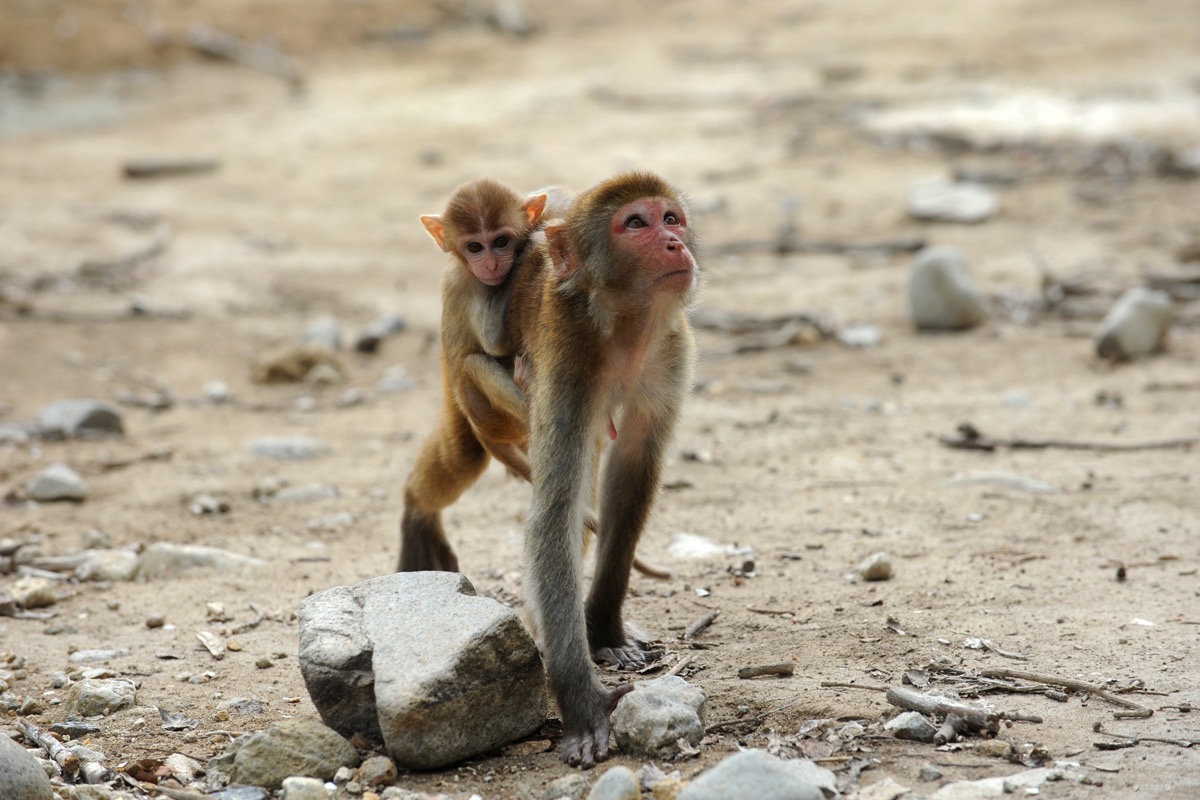
Plenty of Caribbean islands have monkeys, but Cayo Santiago in Puerto Rico is different. Humans made this lush tropical paradise a primate Shangri-la in the 1930s as a way to study monkeys without having to travel all the way to Africa and Asia.
According to a 2015 NPR report, the monkeys — rhesus macaques — have been very useful to researchers studying genetics, behavior, development and related topics. But they naturally carry herpes B. The virus doesn't bother the monkeys much, but it can cause inflammation of the brain and spinal cord in humans. That means death or serious disability, so researchers try to avoid getting peed on, according to NPR. On the flip side, though, tourists or fishermen coming to the island could easily wipe out the entire macaque population with their diseases.
Christmas crabs
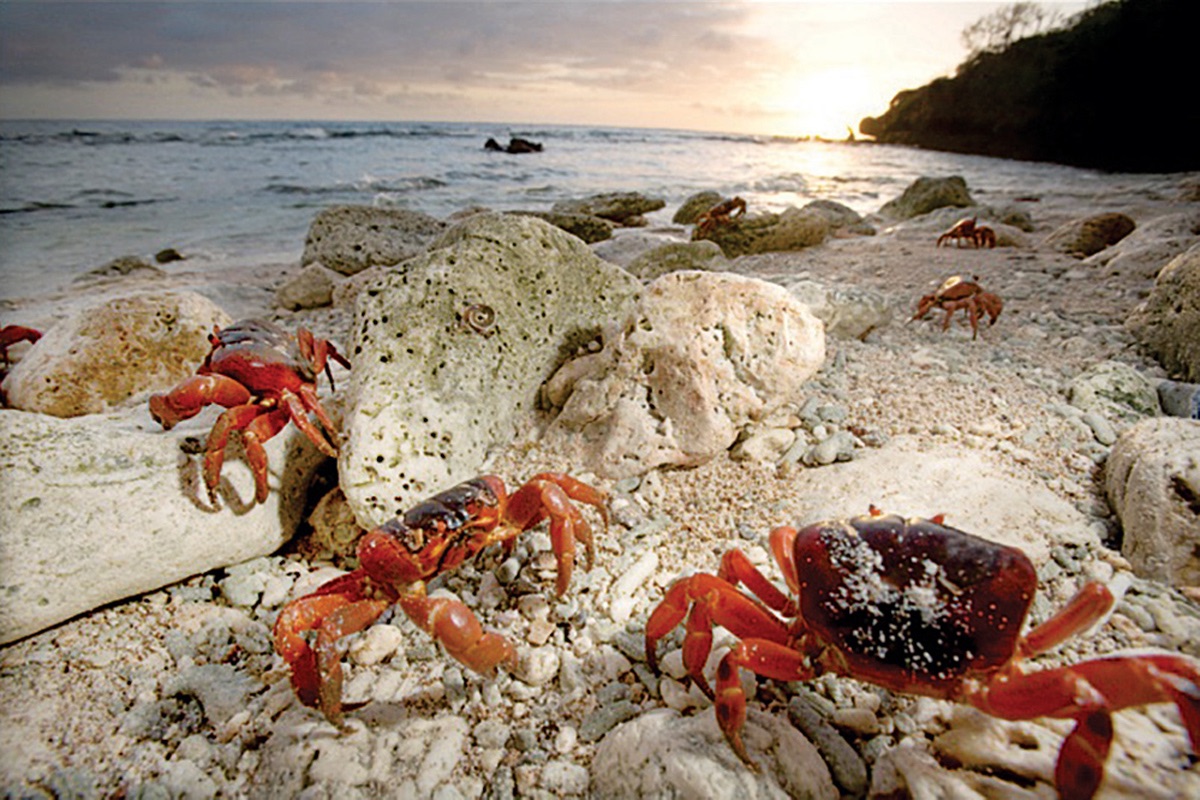
Christmas Island is a tiny Australian territory in the Indian Ocean, 1,615 miles (2,600 kilometers) from Perth. People live there, but the most famous resident of Christmas Island is Gecarcoidea natalis, the Christmas Island red crab.
For every one of the 2,000 or so people on Christmas Island, there are 25,000 red crabs. The 50 million or so of these crabs are hard to miss: They measure about 4.5 inches (116 millimeters) across, according to the Christmas Island Tourism Association, and are a brilliant scarlet hue. Every year around October or November, adult red crabs abandon their forest homes inland and march to the coast, where they breed en masse and send their eggs into the sea.
Isle of dragons

Living alongside 200-pound (90 kilograms) predatory lizards might not seem like anyone's idea of a good time, but some people pull it off. Indonesia's Komodo National Park is famous for its dangerous Komodo dragons, which have been known to attack and kill people. Still, according to Time, a few thousand villagers live alongside the lizards.
To stay safe, the locals treat the lizards like a Montanan might respond to a grizzly bear: Shout, act big, throw rocks and sticks if the animal appears threatening. But Komodo dragons truly rule the archipelagos of Komodo National Park in a way that grizzlies no longer rule the Rockies: They can be seen snoozing under buildings and wandering contentedly along beaches, sometimes very close to people.
Snake Island

Why'd it have to be snakes? Humans are generally not allowed on Ilha da Queimada Grande, a small island off the coast from São Paulo, Brazil, and for good reason: The landscape is dominated by golden lancehead pit vipers (Bathrops insularis).
These rare snakes, found only on the island, are a beautiful mottled golden color, with a pointed nose and a deadly bite. Lanceheads in general are the most dangerous snakes in South America, courtesy of their hemotoxic venom that destroys blood and muscle. The snakes can climb trees, which comes in handy for hunting their main prey, birds.
Local legend has it that there are five snakes per square meter on Ilha da Queimada Grande, but one biologist told Atlas Obscura that a more reasonable estimate was probably more like a mere one snake per square meter.

Stephanie Pappas is a contributing writer for Live Science, covering topics ranging from geoscience to archaeology to the human brain and behavior. She was previously a senior writer for Live Science but is now a freelancer based in Denver, Colorado, and regularly contributes to Scientific American and The Monitor, the monthly magazine of the American Psychological Association. Stephanie received a bachelor's degree in psychology from the University of South Carolina and a graduate certificate in science communication from the University of California, Santa Cruz.


